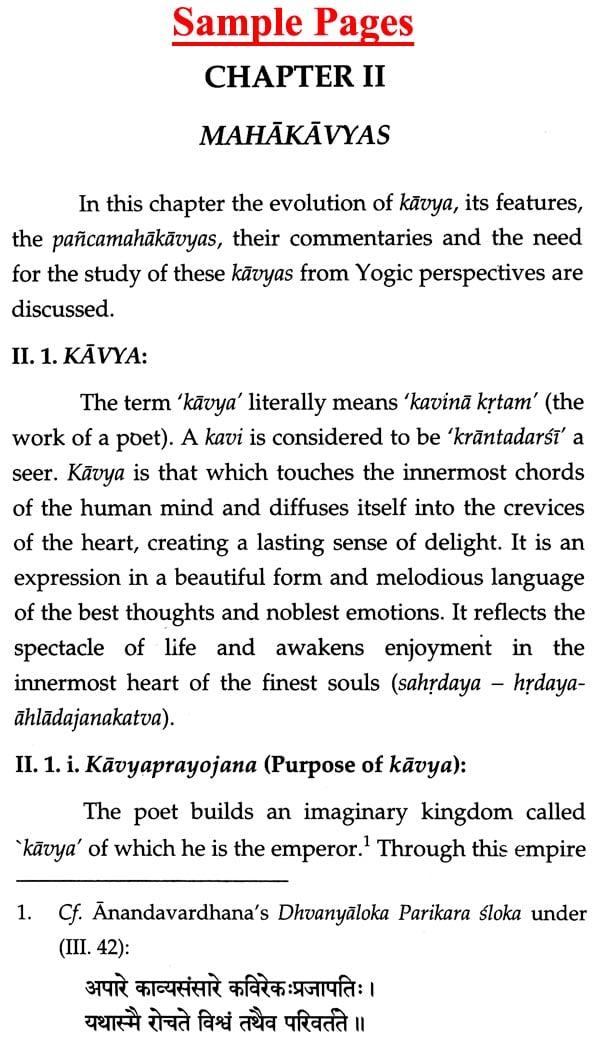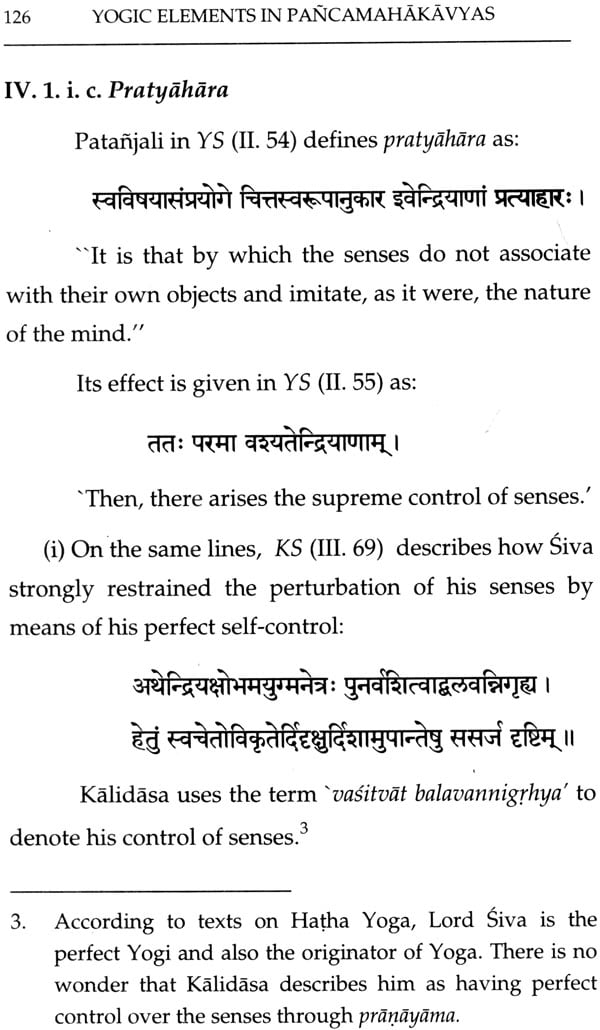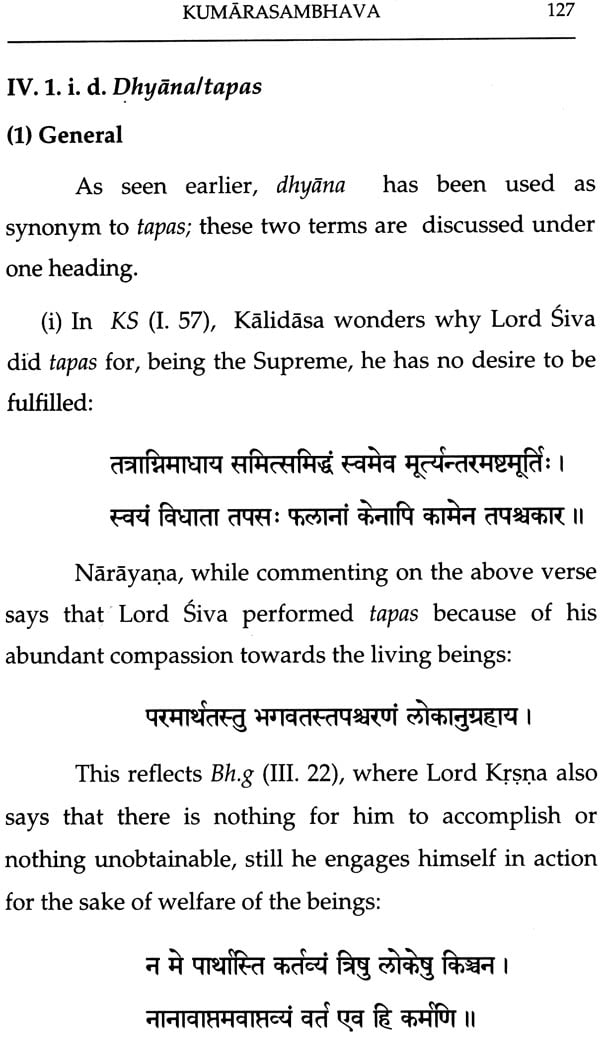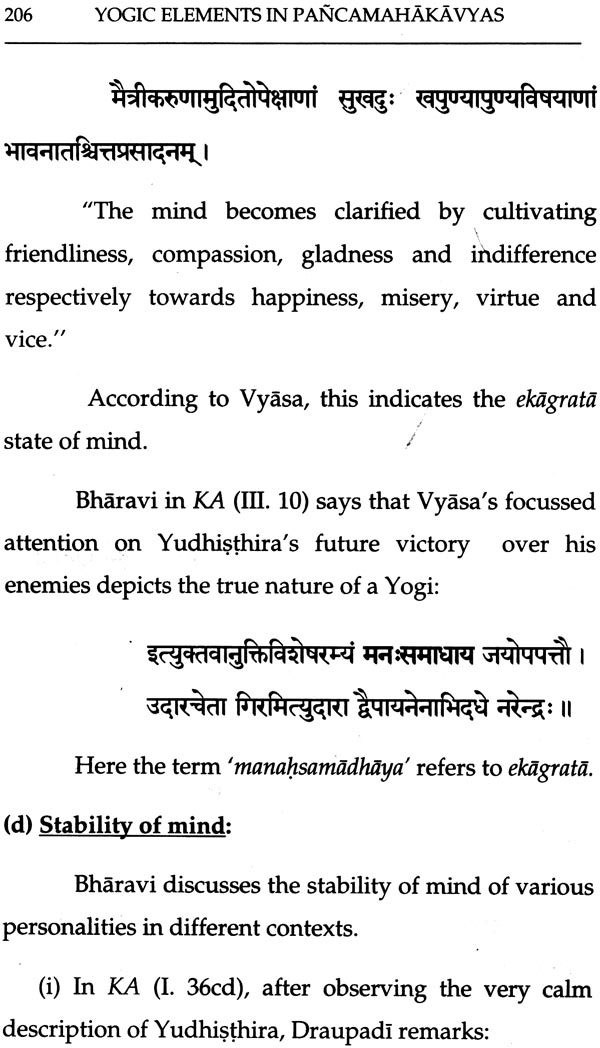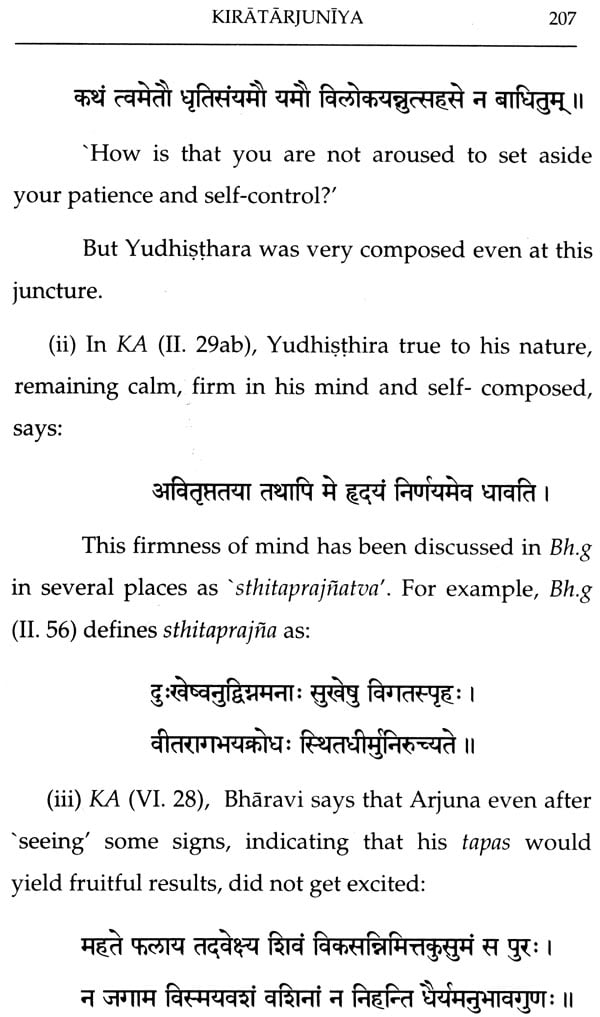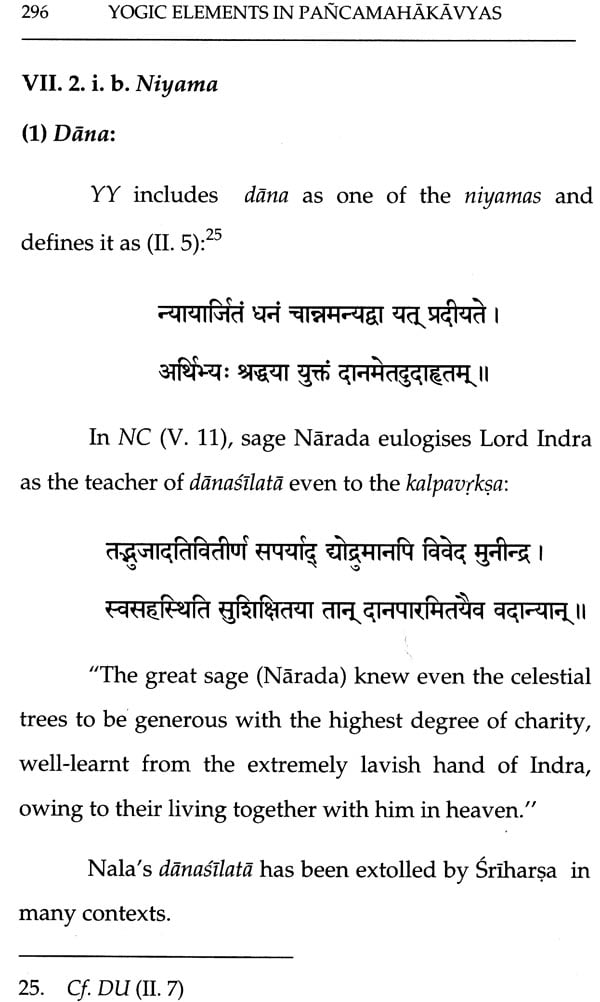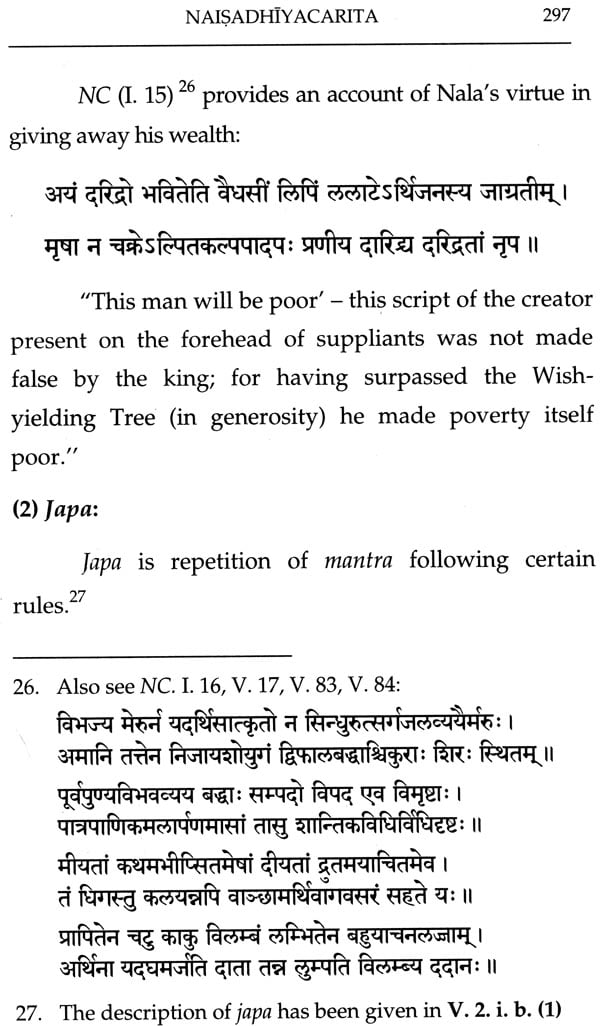
Yogic Elements in Pancamahakavyas
Book Specification
| Item Code: | NAP906 |
| Author: | Dr. S. Muthulakshmi |
| Publisher: | Parimal Publication Pvt. Ltd. |
| Language: | English |
| Edition: | 2019 |
| ISBN: | 9788171106448 |
| Pages: | 385 |
| Cover: | Hardcover |
| Other Details | 8.5 inch x 5.5 inch |
| Weight | 560 gm |
Book Description
I am extremely pleased to write a Foreword to this book "Yogic Elements in Pancamahakaovas" by Dr. S. Muthulakshmi. It has been accepted earlier for the award of Ph. D. degree of the University of Madras, through the K. S. R. Institute.
"Yogic Elements in Pancamahakavyas" had been a pet topic of Dr. S. S. Janaki, former Director of the K. S. R. Institute. Her worthy disciple Dr. K. S. Balasubramanian, Deputy Director of the Institute, himself a specialist in Yoga, especially Rajayoga, found Dr. S. Muthulakshmi an appropriate person to work on this specific topic.
Dr. S. Muthulakshmi is a sincere and dedicated scholar in the field of Sanskrit research. She has justified our expectations by formulating this work to such a perfection that it has needed only slight alterations to see the present book form.
Dr. S. Muthulakshmi is associated with the activities of the K. S. R. Institute and the Samskrta Academy, Madras, as an active member and takes part in their various activities like conducting seminars, lectures and publishing books.
The Pancamahakauvas contain doctrines belonging to various systems of Indian philosophy. The principles and practice of Astanga Yoga are found in many places in all the Mahakavyas. All of them talk about the different state of mind in detail.
The Ragnuuamsa and the Kumarasambhava show that Kalidasa was conversant with Yogic practices. While Raghuvamea highlights that detachment in life leads to liberation, Kumarasambhava extols the greatness of tapas. Kalidasa's description of Samadhi state is noteworthy. In Kiratarjuniya, Bharavi has dealt with all the astanga of Yoga and has also highlighted different aspects of tapas. In Kiratarjuniya, non-Patanjala Yogic practices and concepts like sakapata and sahaja samadhi are recorded. Sisupalavadha shows less details of Yoga, but in one single sloka (V. 55), the essence of Yogadarsana is provided by Magha, showing deep understanding of saguna and nirguna aspect of God and the principle of sabija and nirbija samadhi. The Naisadha, in addition to the Astanga Yoga, discusses powers acquired through practicing samyama.
After bringing out all these matters to light, Dr. S. Muthulakshmi shows that no two mahakavyas are similar in their presentation of Yogic concepts. In the first two chapters she also provides a brief introduction to Yoga and the Pancamahakavyas.
Written lucidly and interestingly by Dr. S. Muthulakshmi, the book makes a smooth and easy reading. The index at the end of the book enhances the value of the book. I am sure this book will be studied eagerly by research scholars of Sanskrit studies.
The ancient civilization of India was a concrete unity of multifaceted developments in art, architecture, literature, religion, philosophy and science. Nevertheless, the most important achievement of Indian thought was the philosophy of liberation. It is the ultimate goal of all the highest practical and theoretical activities and it indicates the unity amidst all apparent diversities.
The evolution of the philosophy of liberation has its roots in Vedas, the scriptures revealed to the rsis. There were two varieties of rsis namely, the protagonists of pravrtti marga and nivrtti marga. The pravrtti marga aims at happiness in this and higher worlds. The nivrtti marga aims at freedom from rebirth, sorrow and suffering. Many saints like Janaka, Yajnavalkya and Kapila followed the latter path.
Attainment of real knowledge of the ultimate Truth is the real liberation. There are several means of obtaining this liberation as prescribed by different schools of thought. Among them, the six orthodox systems are very famous. Sankhya and Yoga systems are considered to be the most ancient schools, which advocate the path to achieve complete freedom from the miseries of being born in this world. These two are allied systems of philosophy and Yoga is considered to be practical aspect of Sankhya school.
All other schools of Indian philosophy have accepted the doctrines of these two systems to a great extent. Mahakavyas also speak about these doctrines. But, no one has tried to glean these doctrines from these kavyas. This dissertation endeavours to extract these from them.
Since the topic of this dissertation pertains to - Yoga and Sankhya viz. 'Yogic elements in ponca- mahakavyas', a brief survey of the doctrines of these two schools is given here:
FUNDAMENTAL DOCTRINES OF SANKHYA - YOGA SYSTEMS
I. Fixity of one's mind on the ultimate Reality through renunciation is the means of realizing Truth, according to Yogic system of philosophy. II. The Sankhya philosophy holds the view that the ultimate discriminative knowledge that the Self is distinct from prakra or the primordial cause of the Universe is the goal.
III. Cessation of the three-fold misery is moksa or liberation
IV. On attainment of liberation, one realizes one's own immutable attribute less consciousness.
v. In salvation, the caiaortti ceases to function.
vi. The way to bring about such cessation is renunciation (vairagya) and discrimination (viveka) and one acquires the supreme knowledge through samadhi (absorption).
VII. The means of attaining samadhi is observance of prescribed rules of conduct and the practice of the defined methods of contemplation and meditation.
viii. Liberation brings about cessation of the cycle of birth, death and rebirth caused by latent impressions of karma performed in several births, known as samskaras or vasanas.
| Amukham-Dr. K.V. Seshadrinath Sastrigal | v |
| Foreword-Dr. V. Kameshwari | vii |
| Author's Note | x |
| Acknowledgement | xv |
| Contents | xvii |
| Abbreviations | xix |
| I. Introduction to Yoga | 1 |
| II. Mahakavyas | 41 |
| III. Raghuvamsa | 60 |
| IV. Kumarasambhava | 119 |
| VII. Naisadhiyacarita | 253 |
| VIII. Conclusion | 316 |
| Bibliography | 332 |
| Index | 343 |
